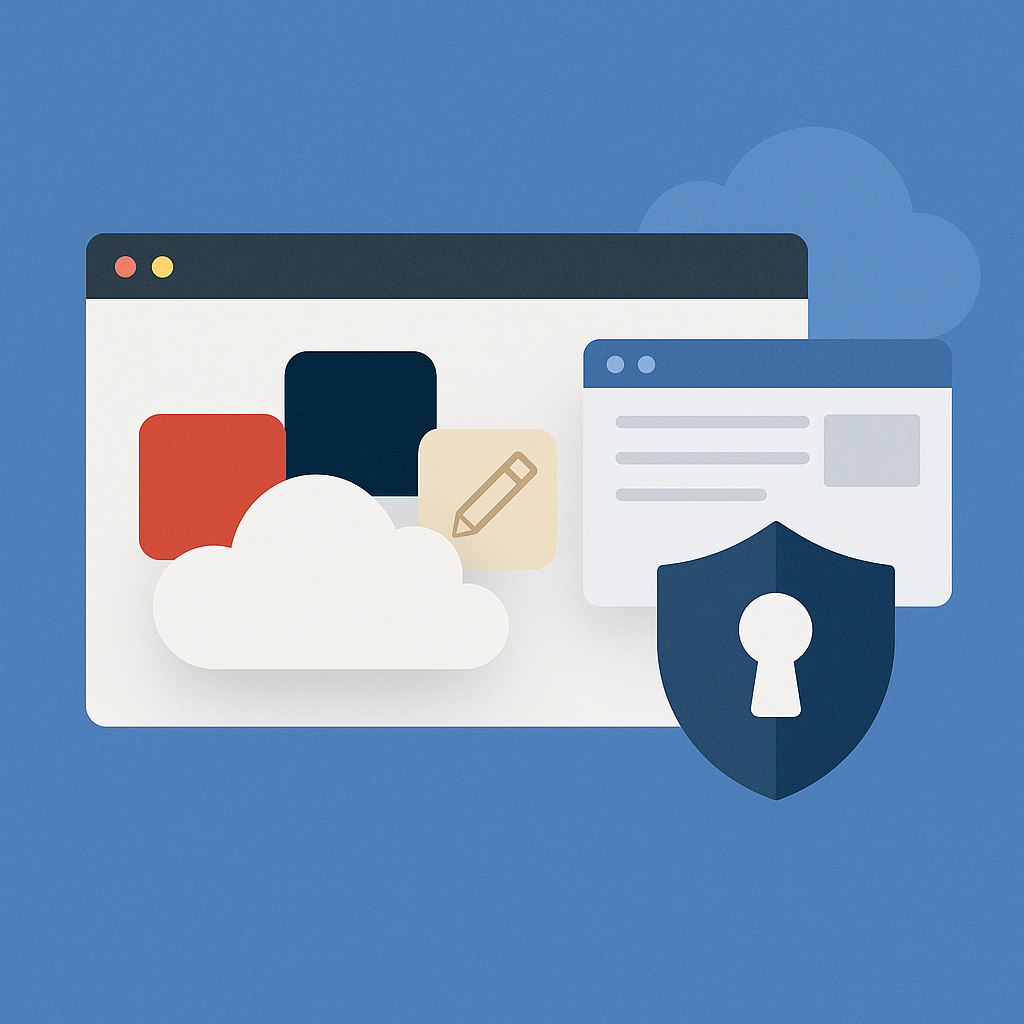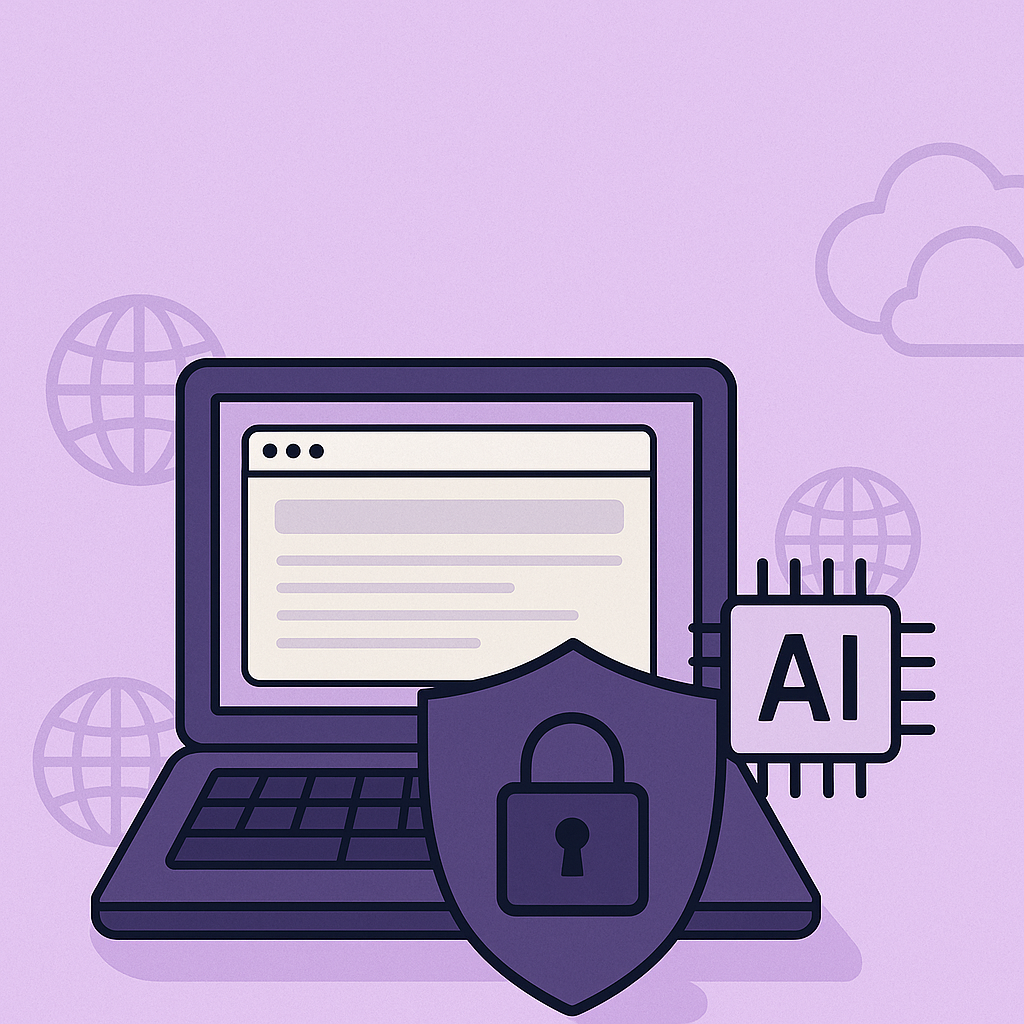Cloud computing has become an integral part of K-12 education, enabling teachers and students to access educational resources and tools in new and innovative ways. This technology has revolutionized the way students learn, and the way teachers teach, resulting in a more engaging, personalized, and effective learning environment. In this article, we will explore 10 ways cloud computing is revolutionizing K-12 education.
Click to learn more about accessing industry apps through the cloud with itopia CloudApps Classroom.
- Personalized Learning: Cloud computing allows teachers to provide a more personalized learning experience for students by analyzing student data and learning patterns, providing targeted instruction and practice that caters to each student’s unique learning style, ability, and pace.
- Collaboration: Cloud-based tools enable teachers to collaborate with their colleagues, share resources, and create lesson plans together. Students can work on group projects, share their work with their classmates and teachers, and receive feedback in real-time.
- Equitable Access: Cloud-based platforms like itopia CloudApps Classroom solve the app gap and make high-tech education accessible for everyone. Now, millions more students and teachers can instantly access to powerful applications like Adobe Creative Cloud, Autodesk, Microsoft Office, Visual Studio Code and Solidworks on a secure browser from any device.
- Virtual Learning Environments: Virtual learning environments provide a more immersive and engaging learning experience for students, allowing them to explore and experiment with new concepts in a safe and controlled environment.
- Automated Grading: Cloud-based tools have made it possible for teachers to automate grading, saving time and effort. With AI-powered grading tools, teachers can quickly and accurately grade assignments, quizzes, and exams, and provide students with feedback in real-time.
- Smart Content: Cloud-based educational content can adapt to each student’s learning needs, providing targeted instruction and practice that is tailored to their learning style, level, and pace.
- Intelligent Tutoring Systems: Cloud-based intelligent tutoring systems provide targeted feedback and guidance to help students improve their understanding of complex concepts. These systems use AI algorithms to analyze student data and provide personalized learning and support.
- Predictive Analytics: Cloud-based predictive analytics can help teachers identify students who are at risk of falling behind and provide them with targeted interventions to help them stay on track.
- Chatbots: Cloud-based chatbots can provide instant support and guidance, helping students understand complex concepts and improve their skills.
- Resource Optimization: Cloud computing enables schools to optimize their resources by allowing them to store and access data and educational resources in the cloud, eliminating the need for costly hardware and software.
Cloud computing has revolutionized the way teachers and students approach teaching and learning, with similarities in its use both inside and outside the classroom. However, the main differences lie in the level of control that teachers and students have over the learning experience. Despite these differences, cloud computing has significantly improved the efficiency and effectiveness of the learning environment, providing a multitude of benefits to both teachers and students.
Click to learn more about accessing industry apps through the cloud with itopia CloudApps Classroom.
How Teachers and Students Use Cloud Computing Varies
Although cloud computing has become an integral part of both teaching and learning—both inside and outside of the classroom— the way in which teachers and students use cloud computing varies significantly depending on the context. In this section, we will explore the similarities and differences between how teachers and students use cloud computing inside and outside of the classroom.
Inside the classroom, teachers use cloud computing to access educational resources and tools, such as learning management systems, educational apps, and digital textbooks. These cloud-based tools enable teachers to create engaging and interactive lessons that incorporate multimedia elements, online assessments, and interactive activities. Additionally, cloud-based tools allow teachers to collaborate with their colleagues, share resources, and create lesson plans together.
On the other hand, students use cloud computing inside the classroom to access learning materials and engage in collaborative activities. Cloud-based tools enable students to work on group projects, share their work with their classmates and teachers, and receive feedback in real-time. Additionally, students can access educational videos, interactive simulations, and other multimedia content that enhances their understanding of the material.
Outside the classroom, both teachers and students use cloud computing to access educational resources and engage in learning activities. For example, teachers can access educational blogs, podcasts, and webinars, which enable them to stay up-to-date with the latest teaching trends and practices. Similarly, students can use cloud-based tools to access educational games, videos, and interactive learning platforms, which can help them review and reinforce what they learned in the classroom.
The use of cloud computing has transformed teaching and learning for both teachers and students, highlighting both similarities and differences in its use inside and outside the classroom. These differences are mainly related to the level of control that teachers and students have over the learning experience. Nevertheless, the efficiency and effectiveness of the learning environment have significantly improved due to cloud computing, resulting in benefits for both teachers and students.



